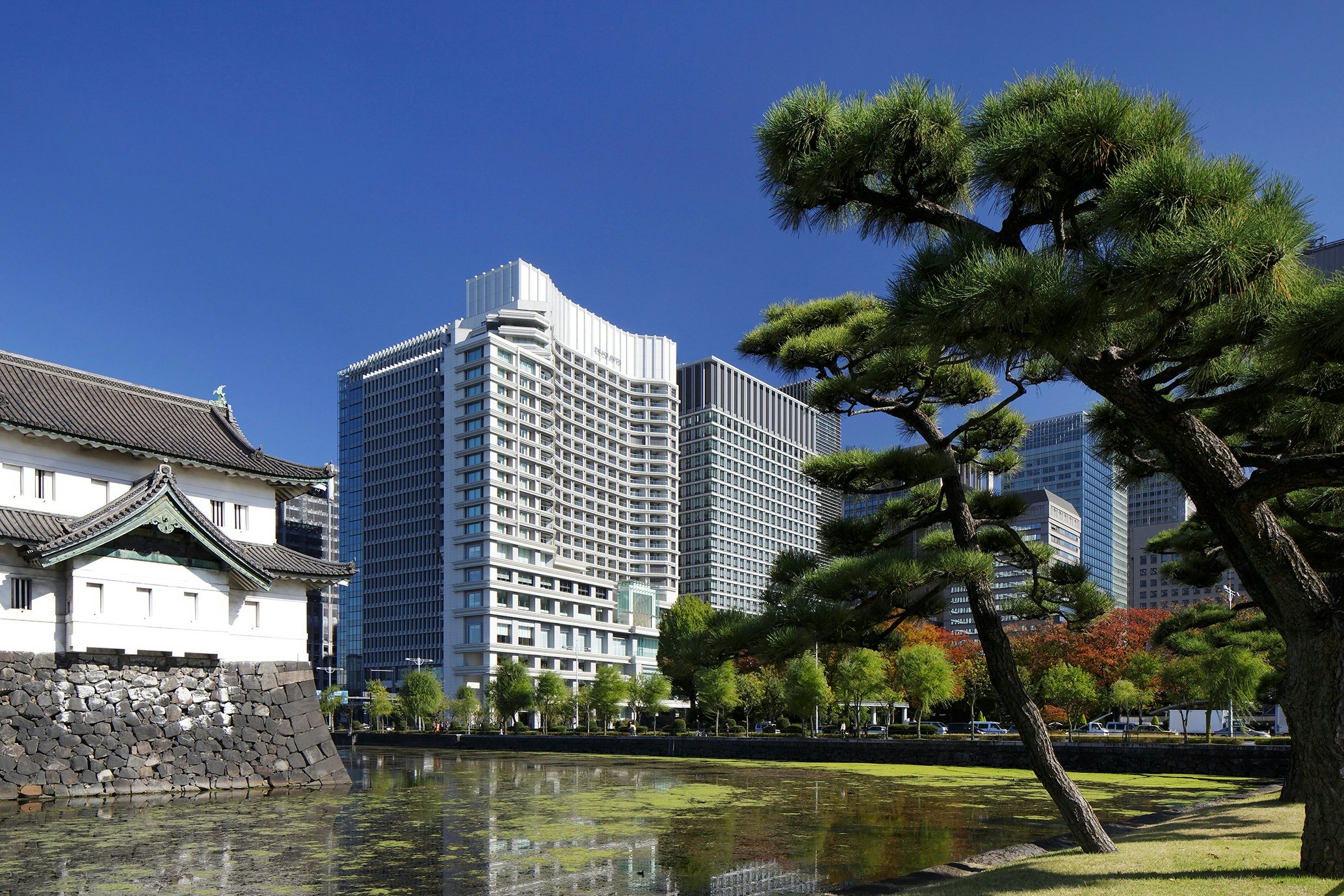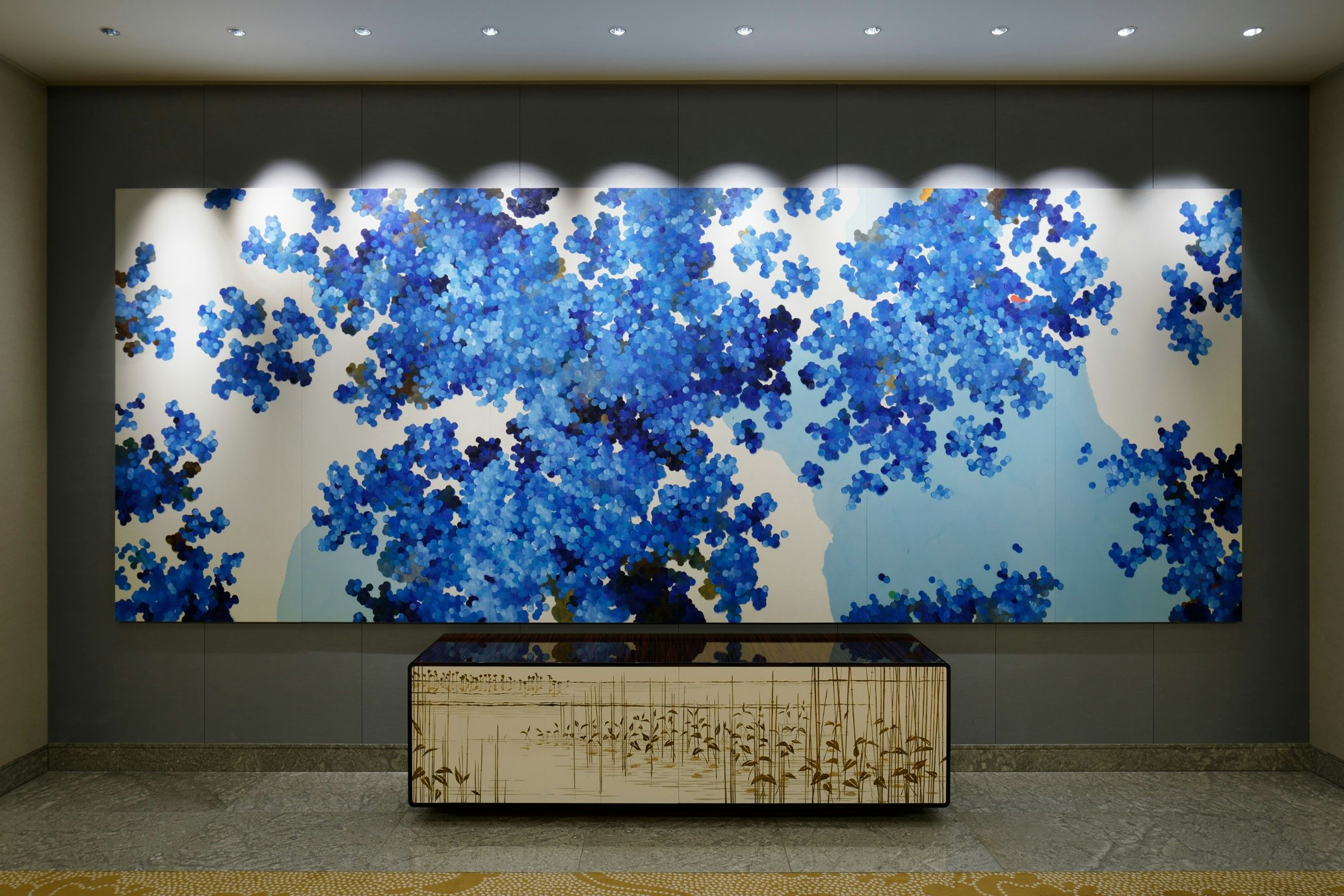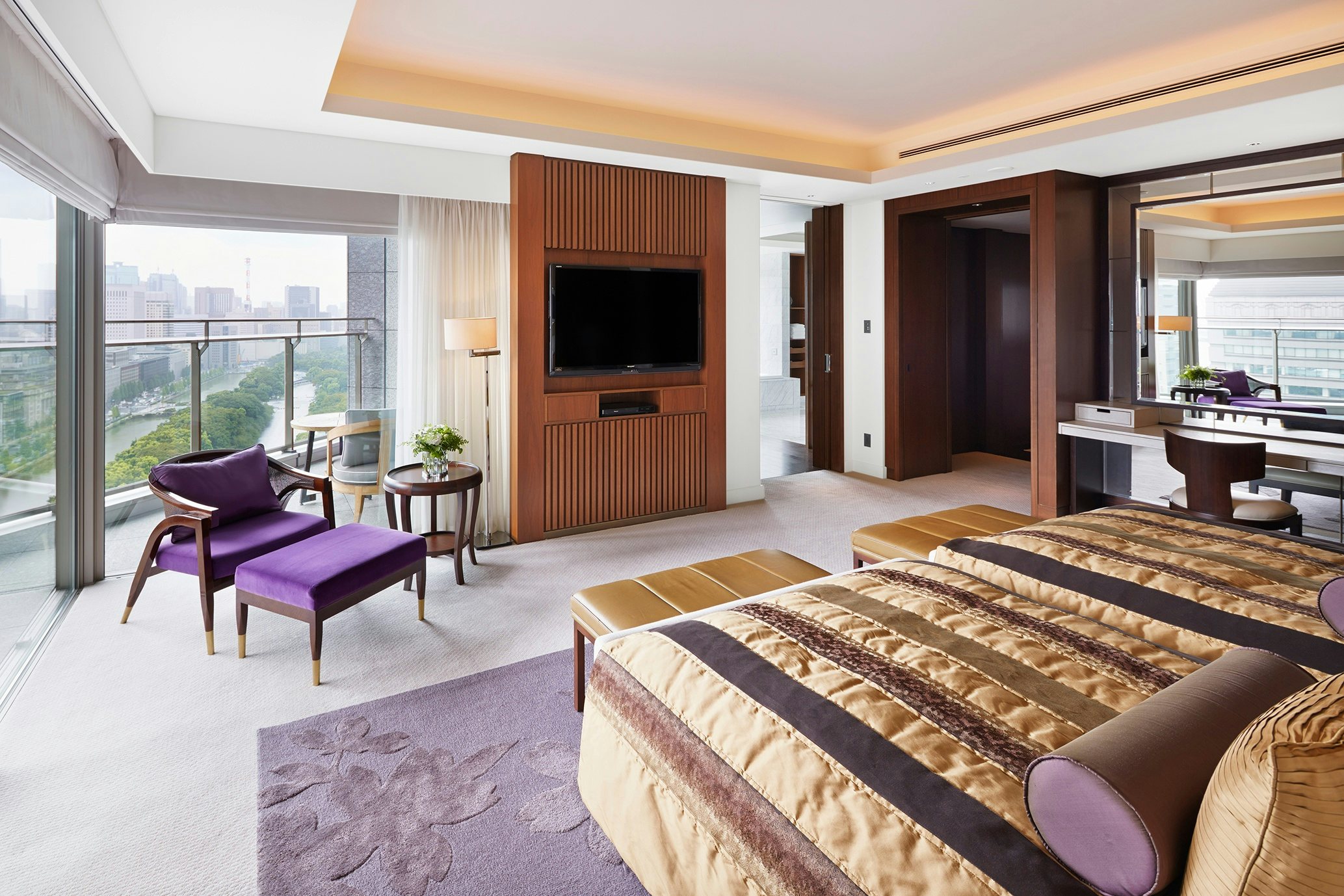Its grand entrance, access to couture shopping, and a dark wood bar counter famously manned by a “Mr. Martini” promise travelers that classic Japanese luxury experience. But it's the views that help Palace Hotel Tokyo set itself apart—there isn't any other five-star hotel in Japan's capital that boasts private balconies in its rooms, much less ones that overlook the Imperial Palace's sprawling gardens and moat. This characteristic is part of what is attracting an increasing number of Chinese tourists to the hotel, one that makes a concerted effort to provide travelers the key to hidden gems of the city. The view, the hotel says, is one of them.

The number of Chinese guests staying at Palace Hotel Tokyo increased by about half in 2015 compared to the year before, which is no doubt a reflection of Chinese luxury travelers' fondness for Japan's weak yen and more convenient flight options from the mainland. Tokyo has been a top destination for visitors making shopping trips to snatch up not only high-priced fashion from big-name brands, but rice cookers, premium rice, and beauty products.
When it comes to satiating Palace Hotel Tokyo visitors' shopping wishes, Taku Natsuki, a manager on Palace Hotel's global sales team, said many of their guests from the mainland are returnees, so Palace Hotel caters to a range of demands for luxury shopping experiences. They collaborate with well-known Japanese department stores, including Mitsukoshi and Daimaru, to allow tourists to get their purchases delivered back to the hotel. For a more elevated experience, they give guests the opportunity to get paired up with their own personal shopping concierge at the historical Mitsukoshi flagship store in Nihonbashi.
Still, while shopping makes up a large portion of Chinese travelers' itineraries, Palace Hotel Tokyo prides itself on showing its Chinese guests another side of Japan through its Palatial Pursuits experiences.
“We are seeing increased sophistication and variation in interests among [Chinese travelers], particularly among the ultra-affluent,” Natsuki said. “More and more often, we’re receiving inquiries about unique and exclusive cultural experiences because many are repeat visitors to Tokyo. With each return, they’re seeking more ‘insider’ types of experiences because they’re endeavoring to become ‘experts’ on the destination.”
Guests can get access to these insider experiences via both personalized recommendations from the hotel staff, and through the hotel's eight different Palatial Pursuits tours that cover sumo shows, kabuki theater, a taste of some of the city's most prized restaurants, and more. The Palatial Pursuits are not simply group tours, but usually involve a guide who is an expert on the subject and can personalize the experience. In one tour, guests can get an exclusive look at Tokyo's famed art scene with a host from BLOUIN ARTINFO, while in another, guests can learn about Japanese business etiquette. And in yet another, guests join a sumo sports writer and announcer on an excursion to the Ryogoku Kokugikan arena to watch sumo tournaments or, if it's off-season, dine with the wrestlers.
The Palace Hotel first opened 1961, but was closed in 2009 for renovations and reopened in 2012 as a five-star Tokyo darling. Within the hotel are 290 guest rooms and 10 restaurants spanning Japanese, French, and Chinese cuisines. Natsuki said having the variety of dining options available in the hotel is something their Chinese guests especially appreciate. “Interestingly, they also seem to really enjoy the hotel’s art collection—from the paintings to the sculptures, and other unique pieces,” he said. The hotel contains more than 1,000 individual works of art by both established artists and up and coming ones, including those from China. If guests don't get a chance to see it all in person, the pieces are documented in a book available in each of the rooms and as a gift to take home as part of the Palatial Pursuits art tour.

Of course, Palace Hotel Tokyo has staff on hand, clearly identifiable by their Chinese flag pins, who can speak Mandarin, and in the rooms, written Chinese is available along with English and Japanese. These extra details round out what Palace Hotel intends to be unparalleled omotenashi, or Japanese hospitality.
